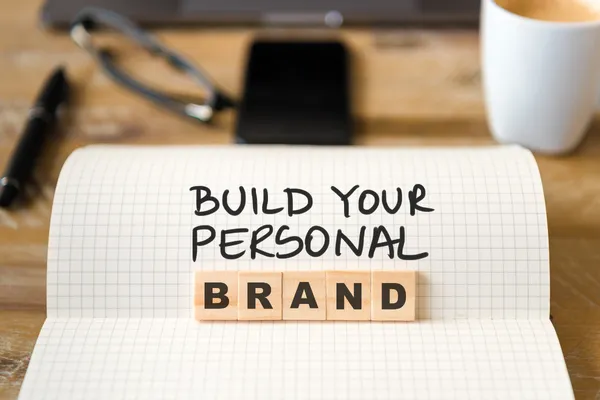
The Solopreneur's Guide to Building a Personal Brand That Attracts Clients on Autopilot
As a solopreneur, coach, or consultant, you are your brand.
Clients don't just buy your services; they buy into you - your story, your values, and the results you deliver. The problem? Too many solopreneurs blend into the noise online, posting random content without a clear brand strategy.
The good news? With the right personal brand, you can attract clients consistently even when you're not actively pitching. Here's your step-by-step guide to building a personal brand that works for you on autopilot.
Step 1: Define Your Core Message
Your brand needs a clear promise that answers: Why should clients choose you over someone else?
Ask yourself:
What problem do I solve better than anyone else?
What values do I stand for?
What transformation do clients get when working with me?
Write a one-liner brand statement, like:
"I help overwhelmed solopreneurs streamline their systems so they can scale
without burnout."
This becomes the foundation for everything on your website, social posts, and even how you introduce yourself at networking events.
Step 2: Showcase Your Expertise Through Content
Clients won't believe you're an expert just because you claim to be one. You need to demonstrate it.
Blog posts & articles: Share how-tos and insights (like this one!)
Short-form video: Quick tips on LinkedIn, Instagram, or TikTok build instant credibility.
Guest spots: Podcasts, panels, or local events where you can share your expertise.
And remember, you can repurpose content. One blog post can become three
LinkedIn posts, five tweets, and a video script. Consistency builds authority.
Step 3: Build Social Proof
In today's digital-first world, proof beats promises. Clients want to see results.
Ways to create social proof:
Collect and share client testimonials.
Write mini case studies showcasing before/after results.
Display logos of companies you've worked with.
Screenshot compliments or messages from happy clients (with permission).
Each piece of proof reinforces your authority and makes choosing you a no-brainer.
Step 4: Optimize Your Digital Presence
Think of your digital platforms as your storefront. A scattered presence can confuse potential clients.
Website: Clearly define who you help, how you assist, and the process for working with you.
LinkedIn: Optimize your headline, about section, and banner image with your brand statement.
Email list: Build a simple funnel to nurture leads and stay top of mind.
Remember that clarity always beats cleverness! Don't make people dig to figure out what you do.
Step 5: Automate Visibility
Here's where the "autopilot" magic happens. Instead of chasing clients, let your brand bring them to you.
Scheduling tools: Batch and auto-post your content across platforms.
Email sequences: Deliver value-packed content that warms up new subscribers.
Lead magnets: Offer a free guide, template, or checklist in exchange for an email address.
Automation ensures that your brand continues to work for you even when you're focused on serving clients.
The Payoff
When you intentionally design your personal brand, you'll:
Attract higher-quality clients who already trust you.
Stand out in a crowded market.
Spend less time chasing leads and more time closing them.
Your personal brand is your most powerful marketing tool. Build it once, and let it continue to attract opportunities, clients, and revenue.
Take Action for Today:
Write your one-liner brand statement and update your LinkedIn headline with it. Start there and you'll instantly look more professional and more "you."
